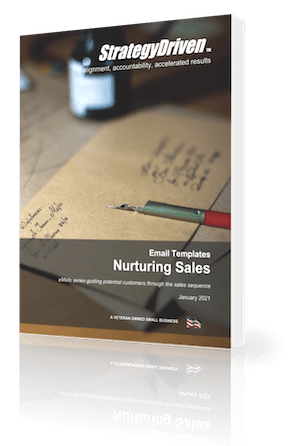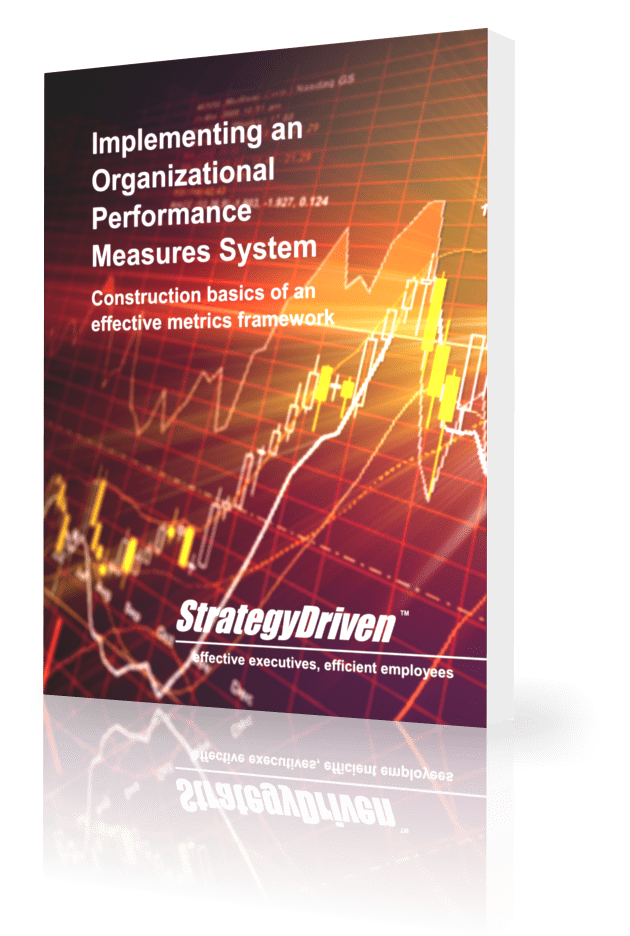The Continuum and the Marketplace
In consumer business strategy – from branding to product development – addressing the emotional human needs continuum is crucial to success. Businesses that seek to create superior product/service experiences need to learn how to empathize with consumers’ needs.
Years ago, our firm conducted research at Universal Studios Florida and Walt Disney World, Orlando. At the time, Universal was searching for ways to distinguish itself from its giant competitor. Consumer deep-dive research with 14 families provided a participant mix representing the park visitor population. We followed these families observing their moods and behaviors, and discussed their impressions as they experienced the parks to determine what was really at play during a family vacation.
We take vacations to escape daily life and to provide children new experiences. Vacations satisfy our need for pleasure in an ever accelerating culture. So what happens when we escape and the work piles in our inbox? In the context of emotional needs, a theme park can mean more to its patrons than they can articulate. It’s not simply about the fun, but rather the function of the fun for the family’s growth.
One might think that the two parks are locked in a win-lose competition for Sunshine State vacationers, but that’s not necessarily true. Many families visit both parks. At one time the parks offered discernibly different atmospheres. One interview subject put it: “Disney is like sitting by a stream. Universal is like going rock climbing. Both are enjoyable, both are nature, but with one you’ve got more of that nervous adrenaline rush.”
Our researchers spent days observing how this participant’s analogy was on the money. The polarity of experiences is perhaps why some vacationers visit both parks. At the time, Universal and Disney mirrored the needs continuum. However, this has changed. They aren’t merely high-end amusement resorts that offer different thrills for families. They help families satisfy psychological needs for their children.
Hi there! This article is available for free. Login or register as a StrategyDriven Personal Business Advisor Self-Guided Client by:
Subscribing to the Self Guided Program - It's Free!
About the Author












Leave a Reply
Want to join the discussion?Feel free to contribute!